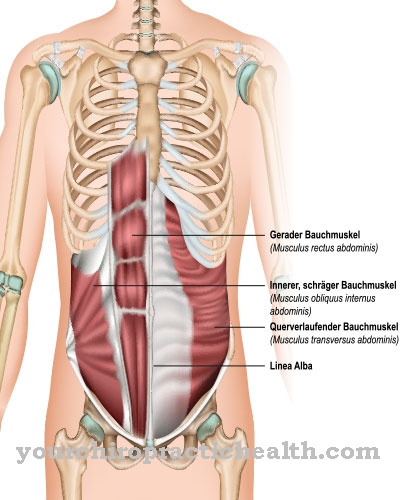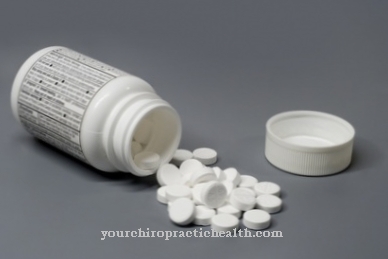Many women choose for aesthetic reasons, for others it is a medical necessity: the Breast augmentation.
What is breast augmentation?

The preoccupation of medicine with the female breast is not a modern development. Rather, there were first attempts at one at the end of the 19th century Breast augmentation or to change their shape. The German oncologist, surgeon and university professor Vincenz Czerny is considered a pioneer.
He was trying to rebuild a woman's breasts that had been surgically removed for cancer. The German surgeon used fatty growths (lipomas). However, his method was not crowned with success. Although the breast substitute consisted of the body's own fat tissue, it was not adequately supplied with blood after it was used in the patient's body.
There was no breakthrough in the following decades either. All imaginable breast substitutes were tested, from beef cartilage, wool, glass balls to ivory. It was not until the early 1960s that Americans discovered that silicone could be considered a suitable agent. In contrast to the previous products, the product did not produce any foreign body reactions in the patient in a series of tests, nor did it prove to be a product that could only be used for a short period of time, losing its structure after a short period of time and had to be removed.
This was one of the most important milestones in the history of breast surgery, which today is not only done for aesthetic reasons, but also partly for medical reasons. In Germany alone, up to 20,000 breast augmentations are currently performed; over half of the cases are women who are 25 years of age and younger.
Function, effect & goals
Since the first implementation of the Breast augmentation With implants made of silicone, these represent the "gold standard", that is, it is the method of first choice. In Germany, breast enlargements may only be carried out by appropriately trained specialists in plastic surgery.
As a first step, the surgeon cuts a skin pocket below the breast, through which the implants are then inserted. Where the implants are ultimately placed depends on the patient's stature. In slim women, it may be necessary to place the implant partially and completely below the pectoral muscle, otherwise the layer of skin on it would be too thin.
In all other women, the implant is placed above the chest muscle. The skin pocket usually heals so well that the remaining scar is barely visible.
Nevertheless, especially if, due to the patient's stature, wound healing disorders and severe scarring are to be feared, the skin pocket can also be made under the armpits. With this method, the implants are brought to their destination endoscopically. Although there are approaches to use the patient's own fat as a breast substitute instead of silicone implants, the method has not yet become established in view of the positive experience with the silicone variant.
In the case of the implants, only the outer shell is made of silicone; the implants are usually filled with a saline solution.

The advantages of saline fillings are firstly the fact that their structure does not change in the long term and, moreover, are not toxic, and secondly because the implants can only be filled after they have been inserted, which makes a smaller skin pocket necessary.
After the successful operation, which usually only takes a few hours, the patient has to remain under medical care for a few hours for the purpose of a medical check-up, if only because of the fact that the breast augmentation is usually performed under general anesthesia.
The patient remains unable to work for up to a week after her discharge; Physically demanding activities must not be undertaken for up to six weeks after an operation, as the chest muscles first have to adjust to their new environment (implants).
In addition, it is recommended to wear medical breast holders for several months after the breast augmentation in order to prevent the implants from "slipping" during this time.

Risks, side effects & dangers
Like any other surgery, go with one too Breast augmentation the usual surgical risks. In contrast, the risk of capsular contracture, which occurs in four to 15 percent of all cases, is more relevant.
The human body tends to trap foreign objects with a capsule made of scar tissue. These can harden and lead to pain and, in the worst case, deformation of the chest. It should also be noted that breast implants are not lifelong devices; It can be assumed that within 10 years 20-40 percent of all patients with breast augmentation will have to be treated again. An increase in the risk of breast cancer, however, is not to be feared.
Other symptoms and complaints that can occur after breast augmentation are: bruising, swelling, breast tenderness, pain in the area of the surgical wound.



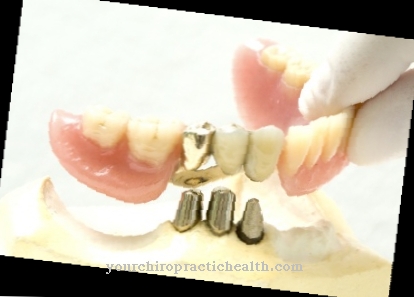
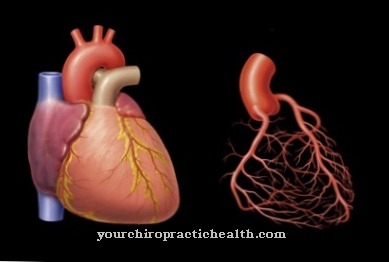
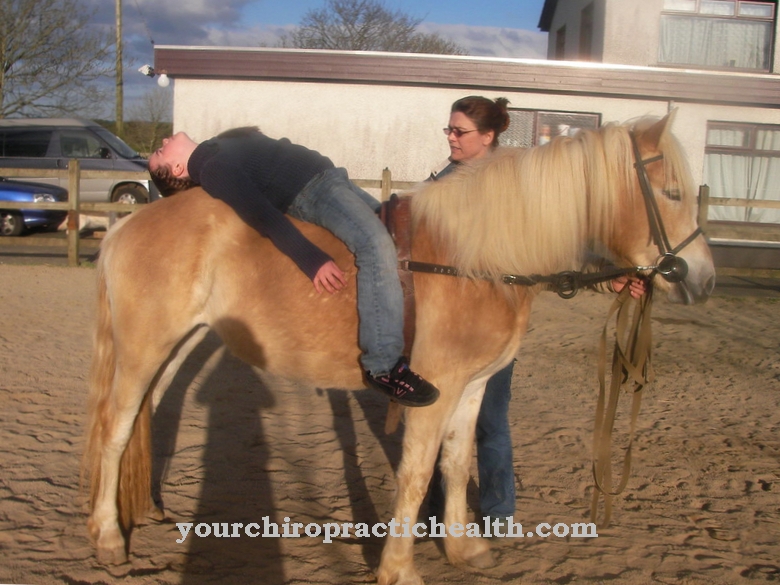
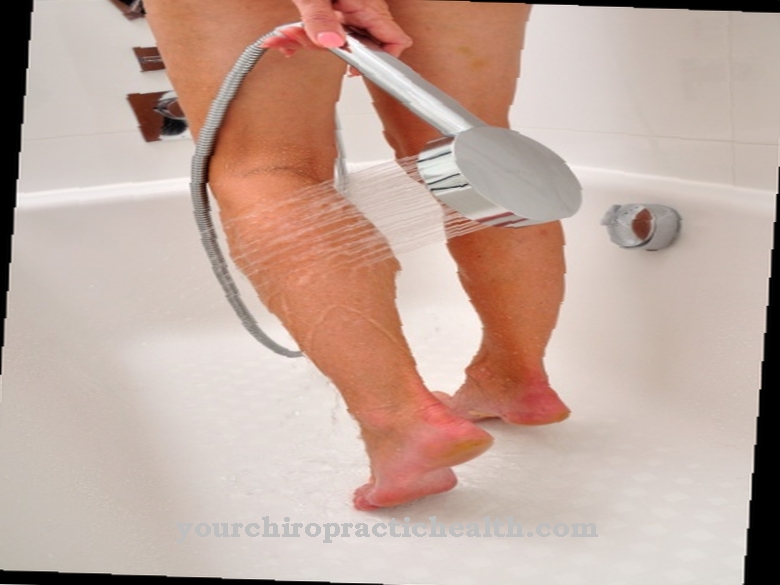

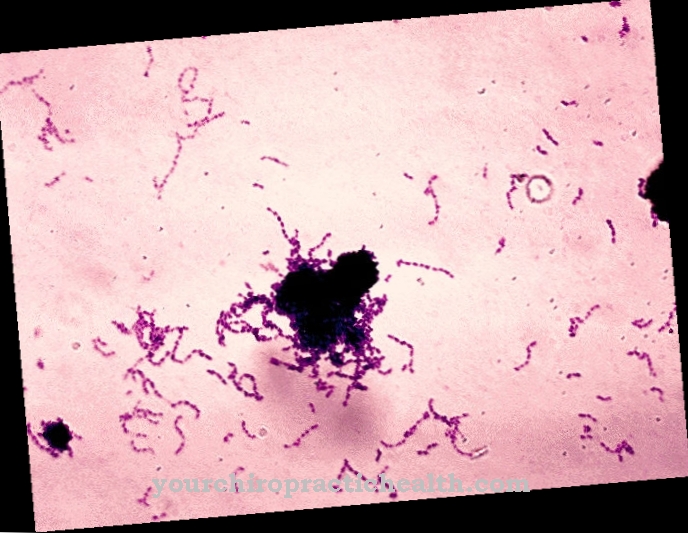

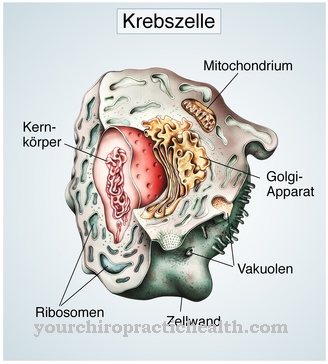
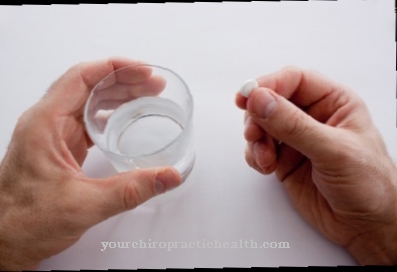
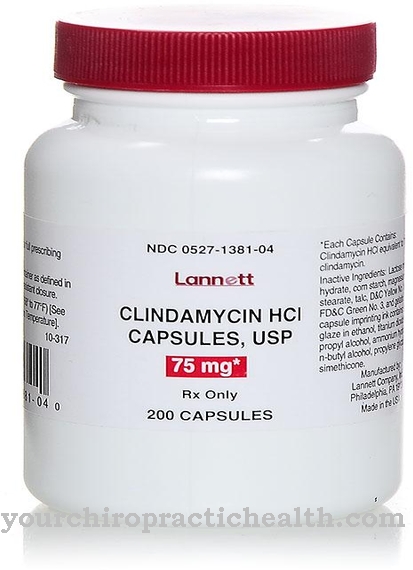
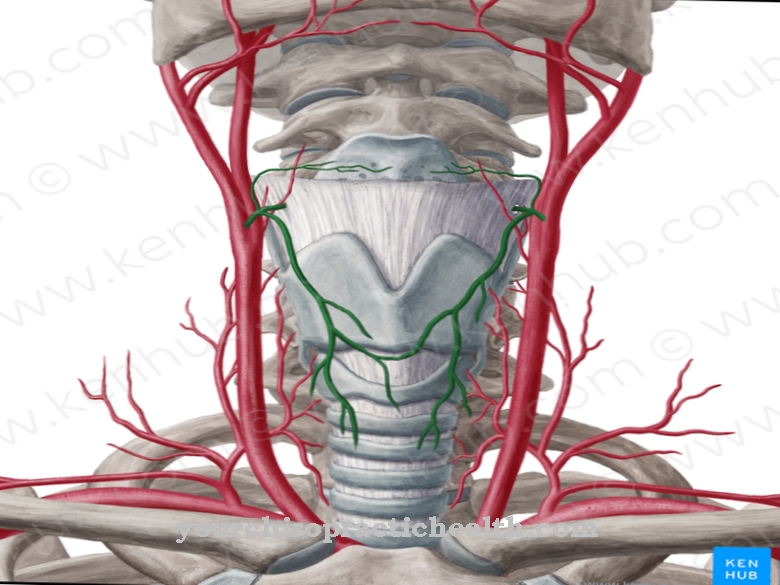
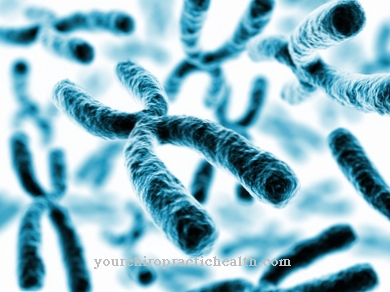
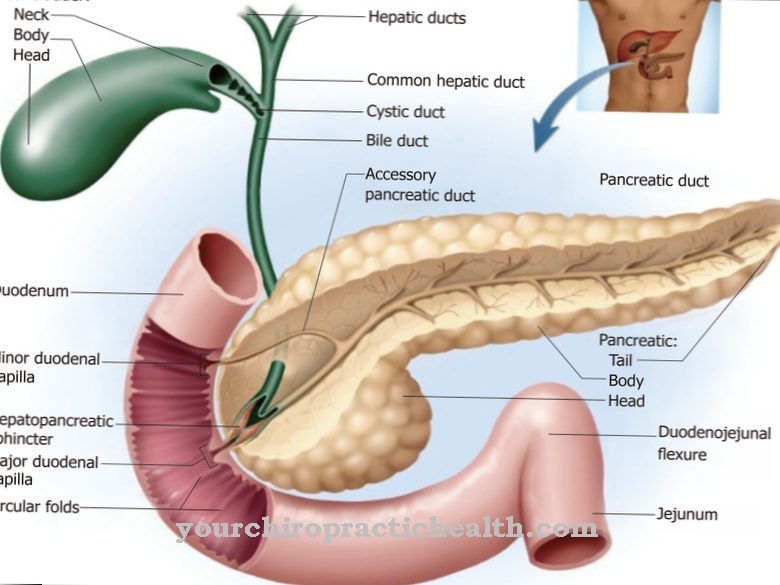






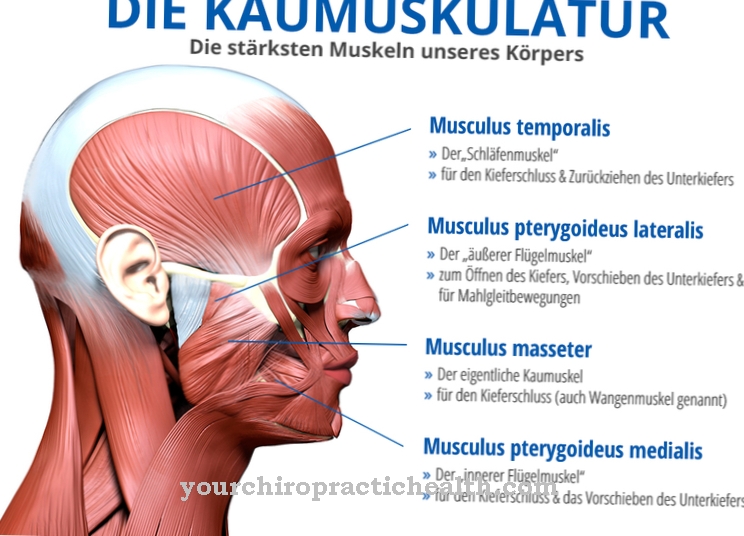

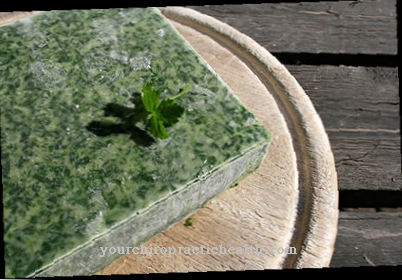

.jpg)
